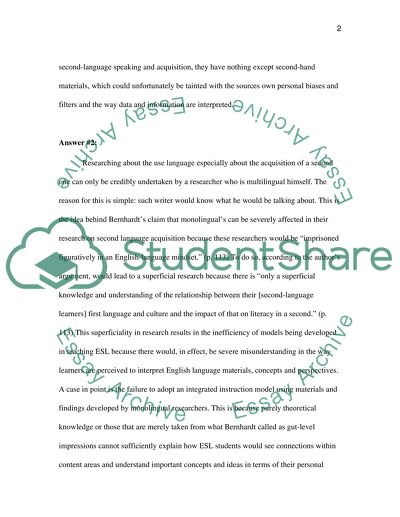Cite this document
(“Bilingual/ESL Education Essay Example | Topics and Well Written Essays - 1500 words”, n.d.)
Retrieved from https://studentshare.org/environmental-studies/1409174-bilingual-esl-education
Retrieved from https://studentshare.org/environmental-studies/1409174-bilingual-esl-education
(Bilingual/ESL Education Essay Example | Topics and Well Written Essays - 1500 Words)
https://studentshare.org/environmental-studies/1409174-bilingual-esl-education.
https://studentshare.org/environmental-studies/1409174-bilingual-esl-education.
“Bilingual/ESL Education Essay Example | Topics and Well Written Essays - 1500 Words”, n.d. https://studentshare.org/environmental-studies/1409174-bilingual-esl-education.


